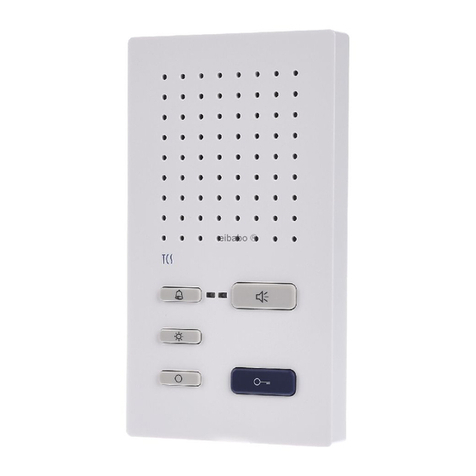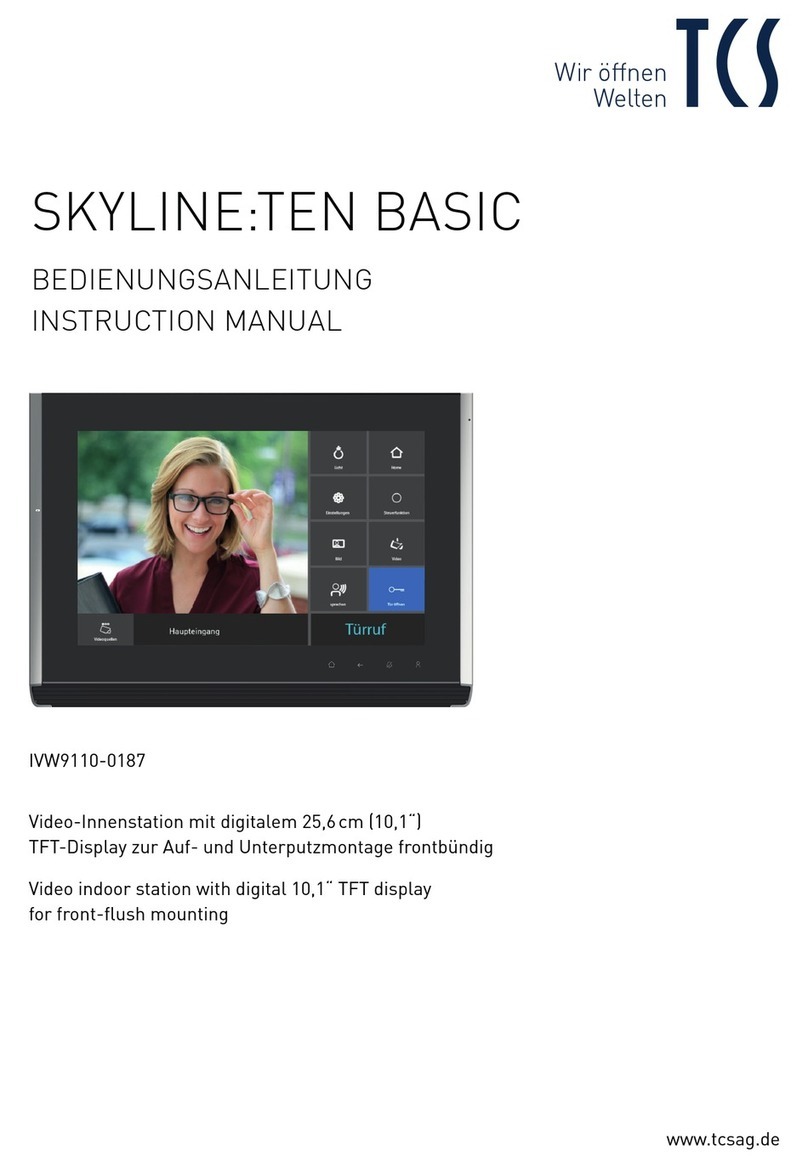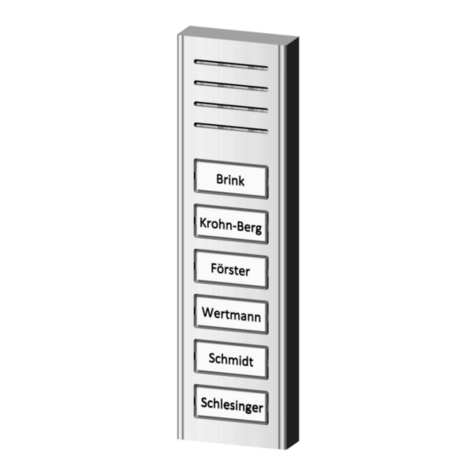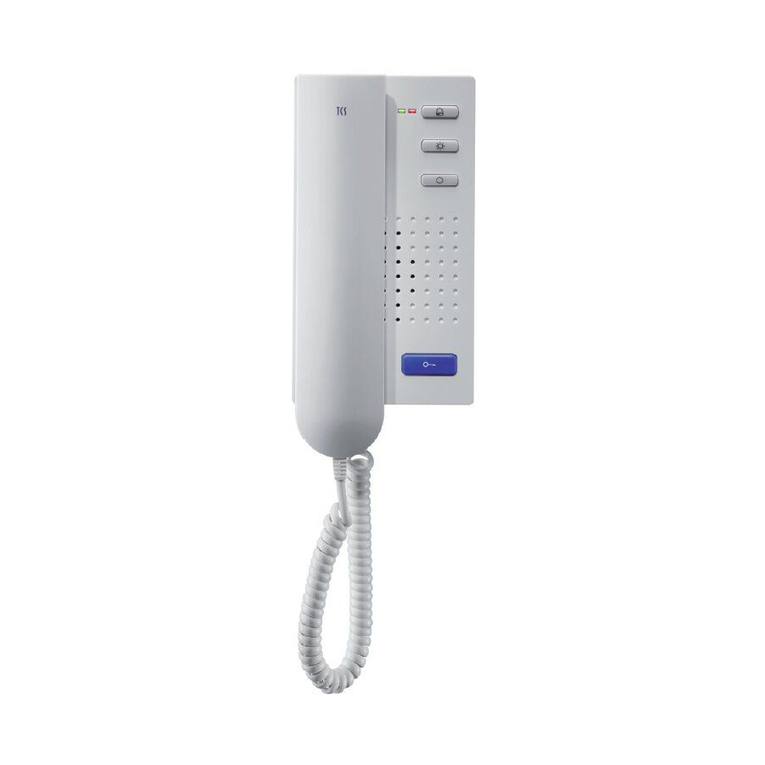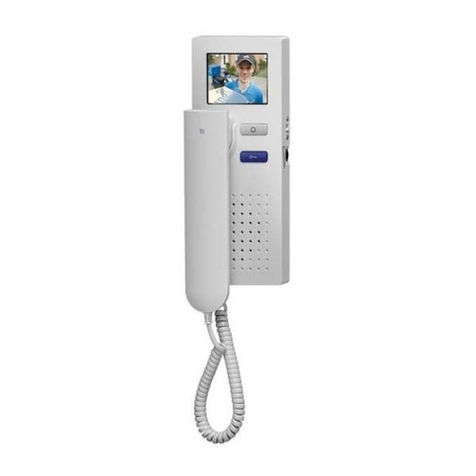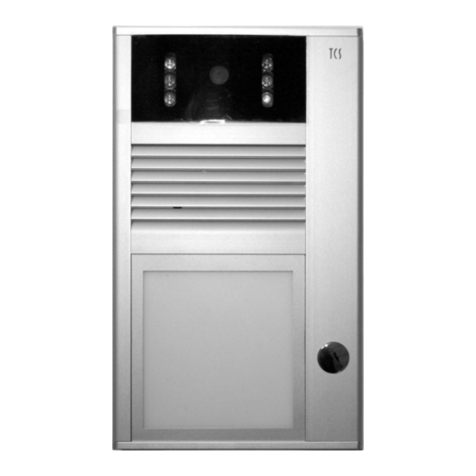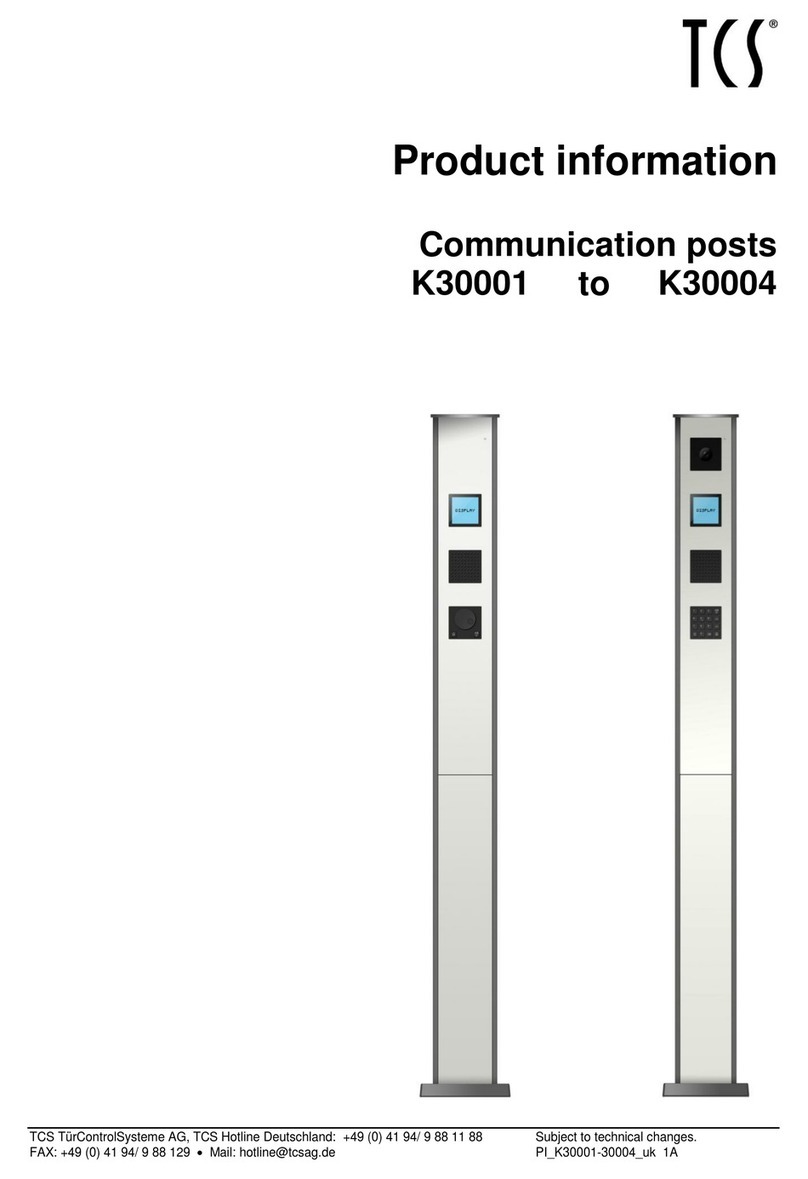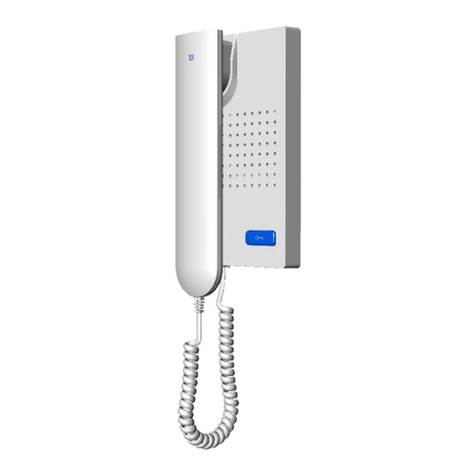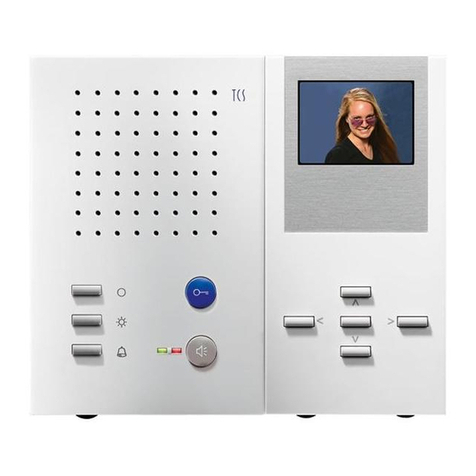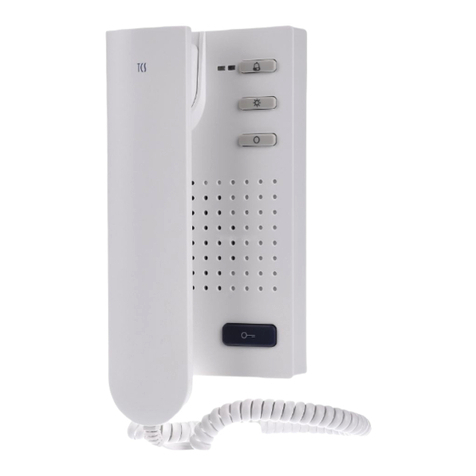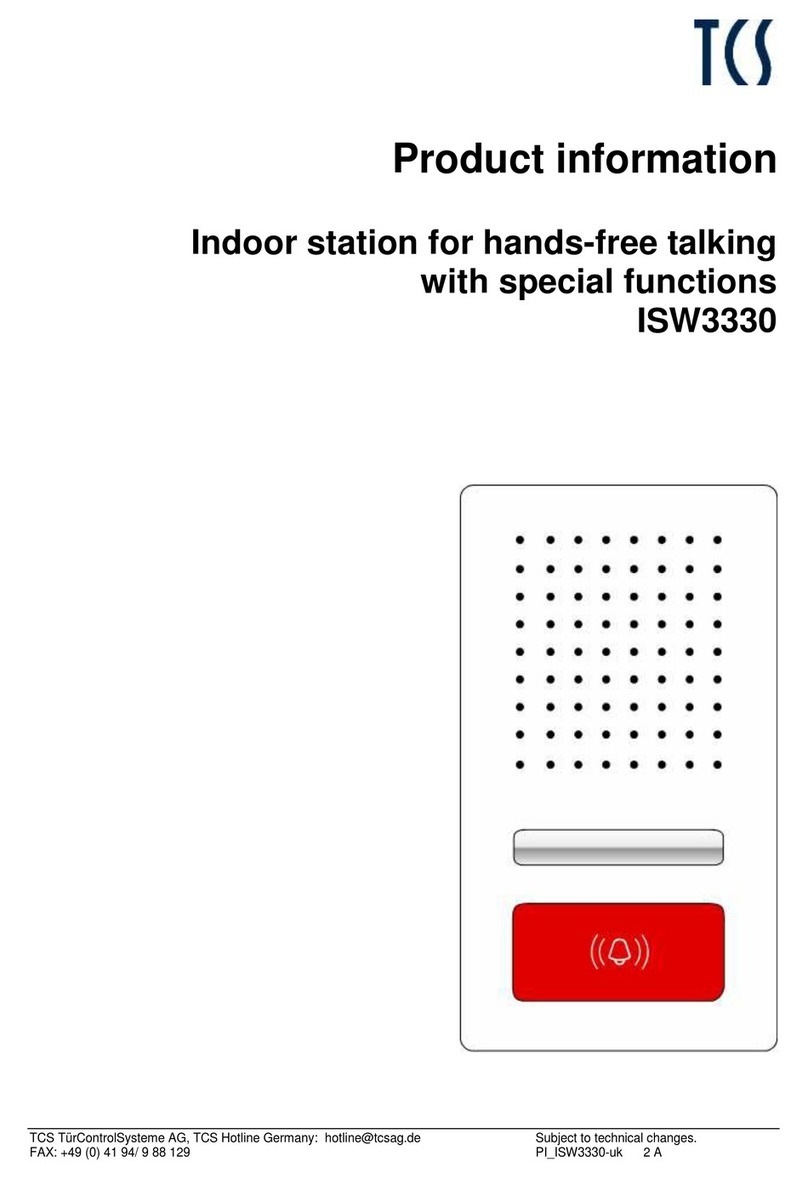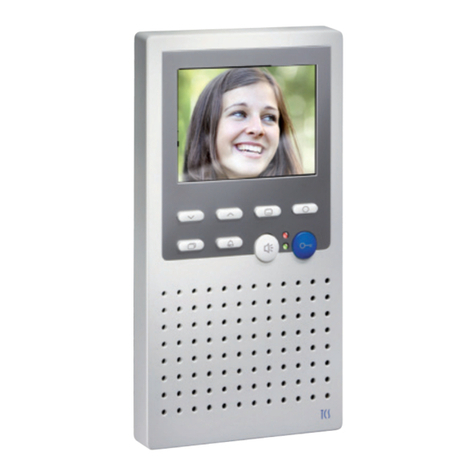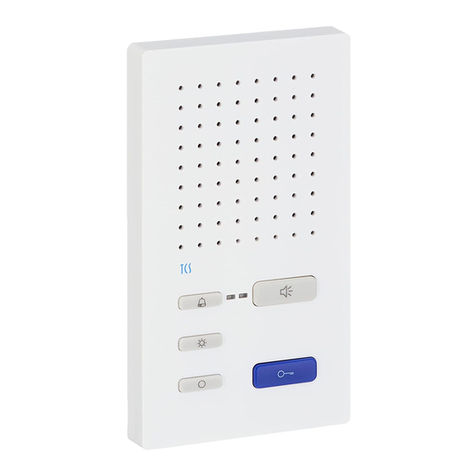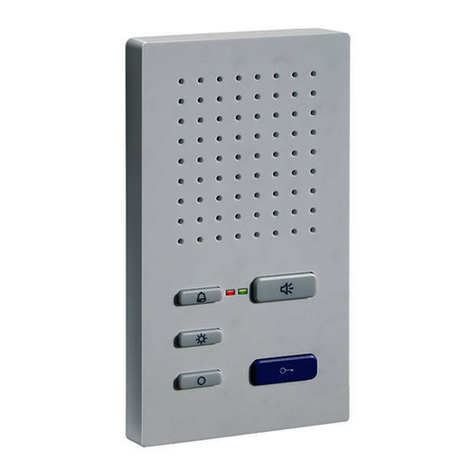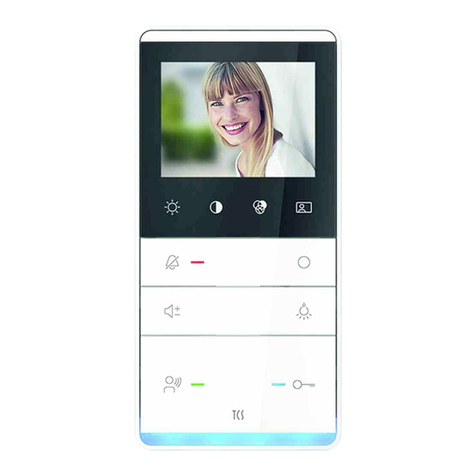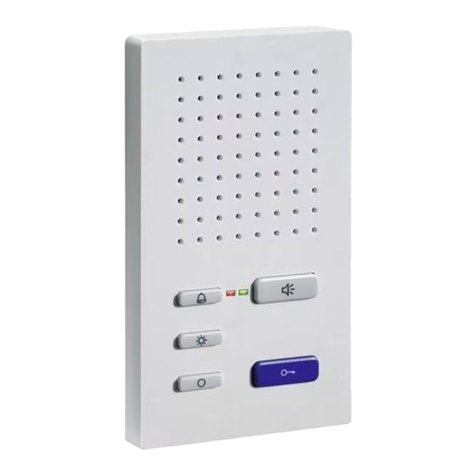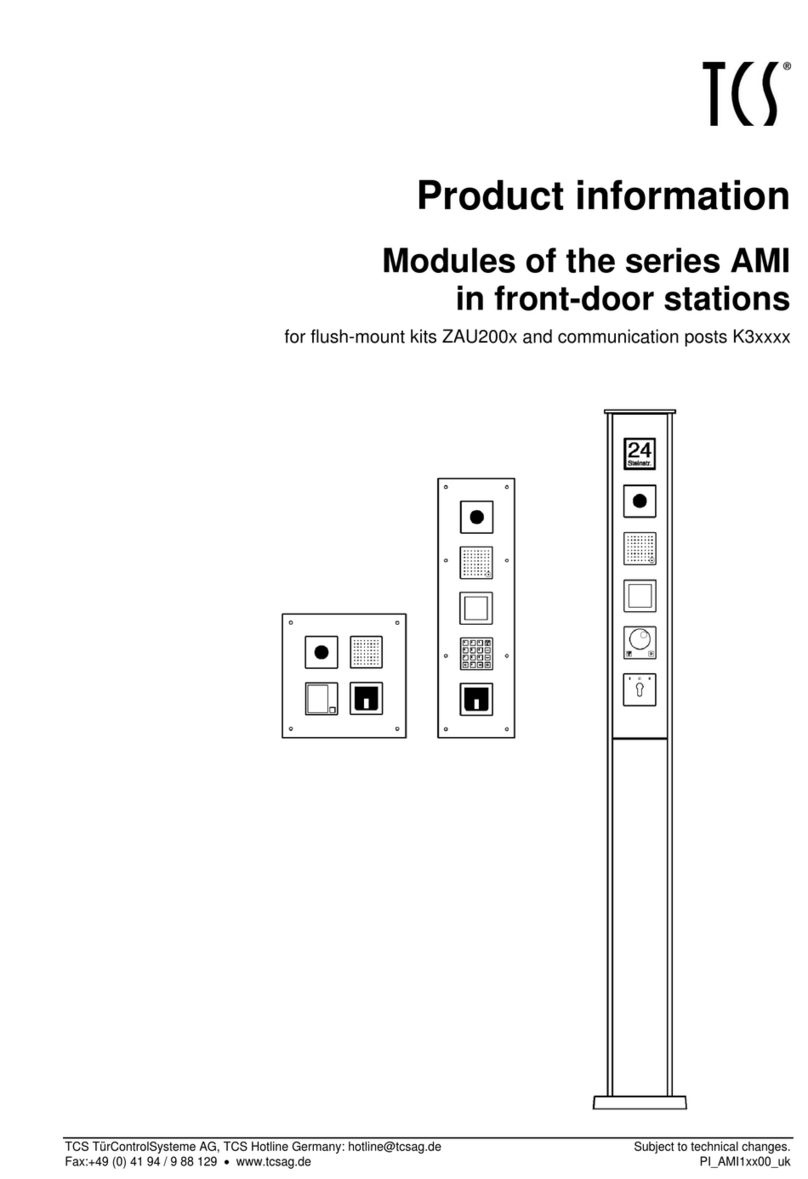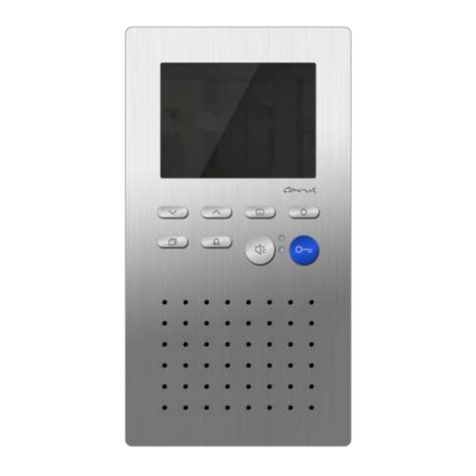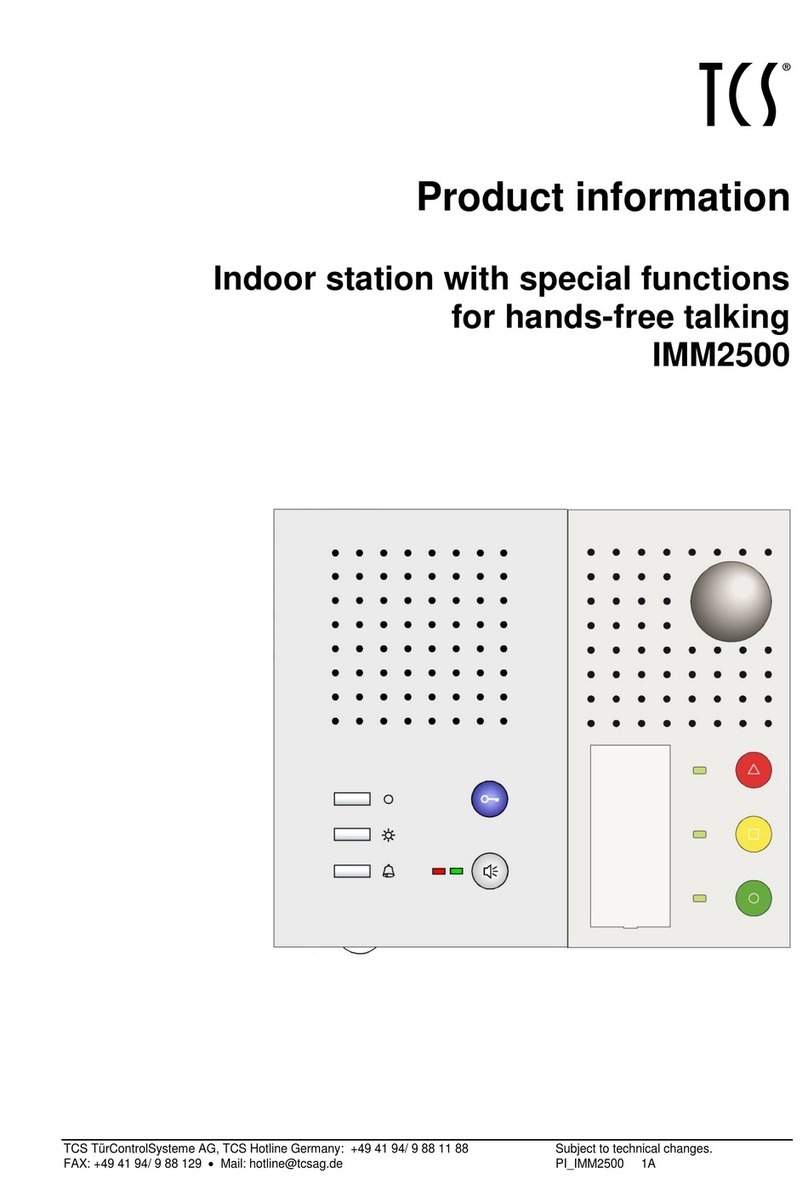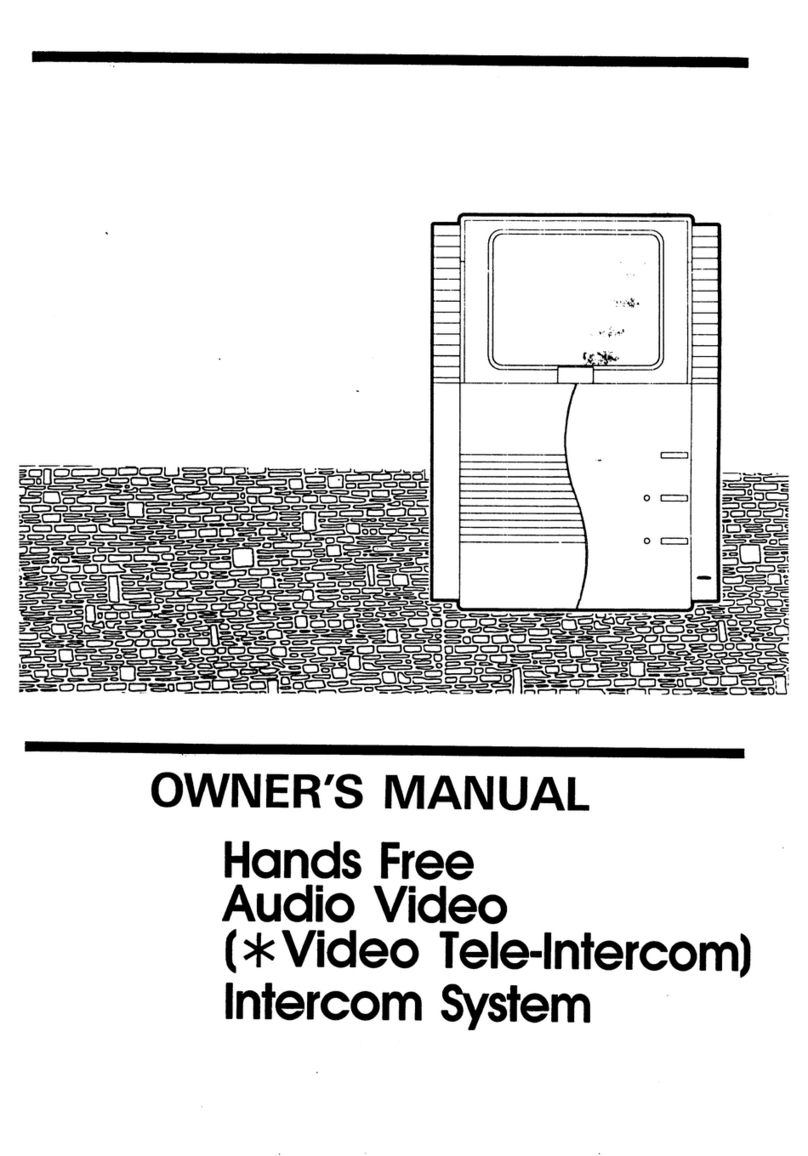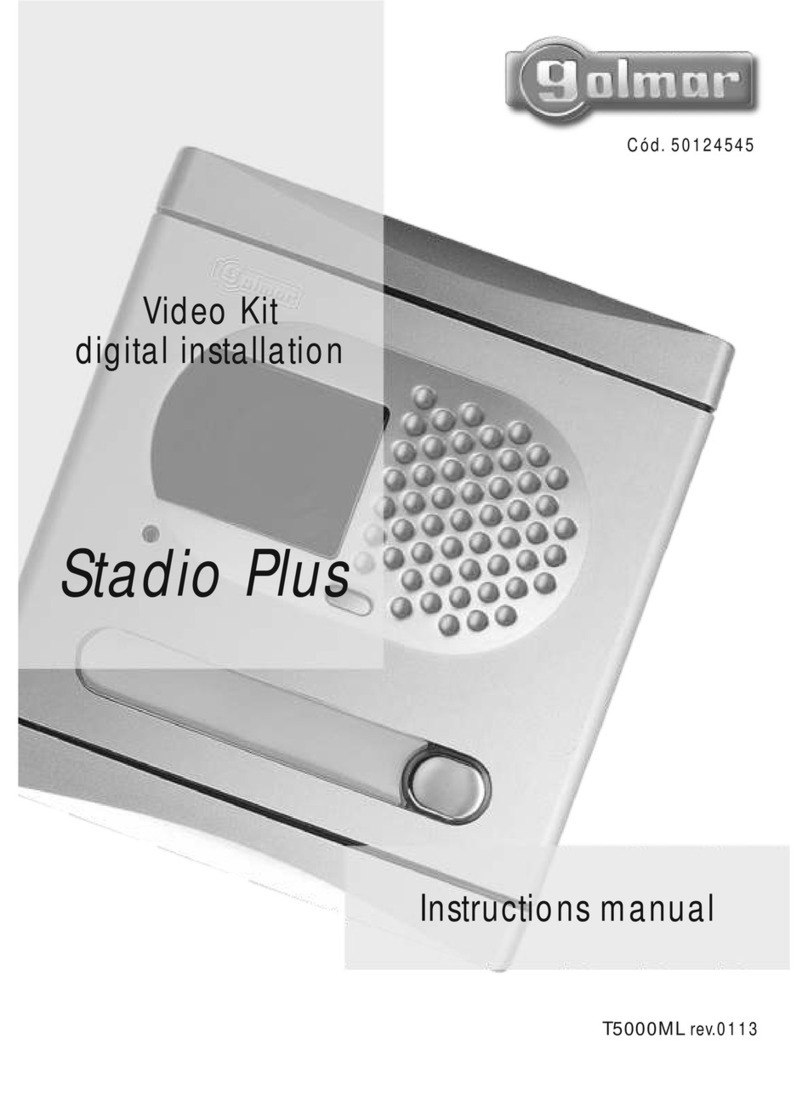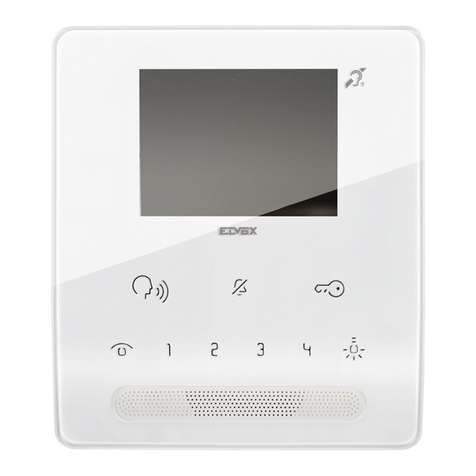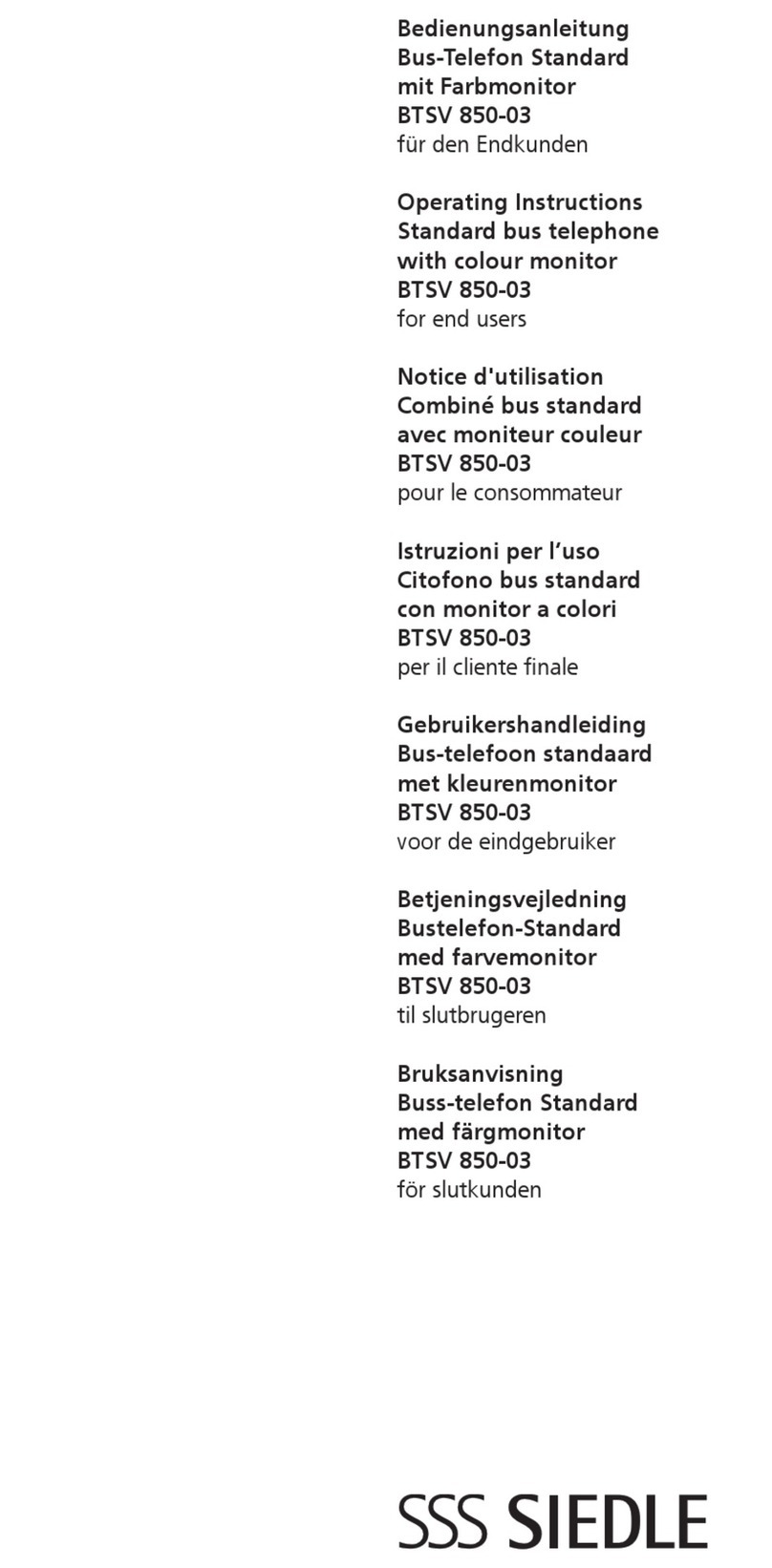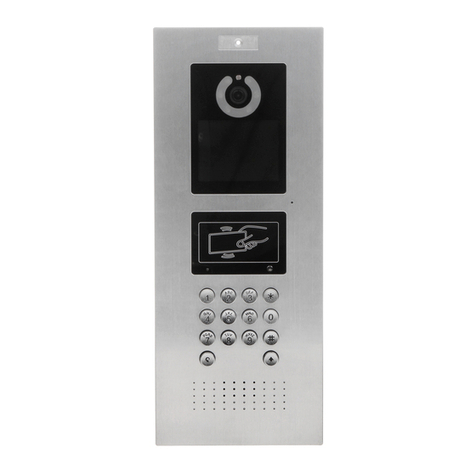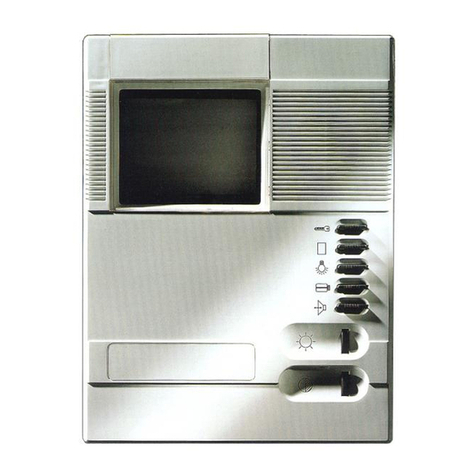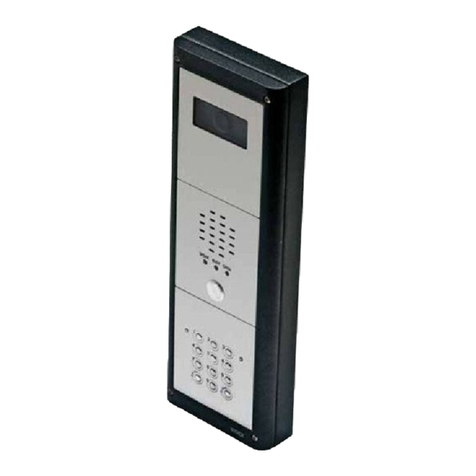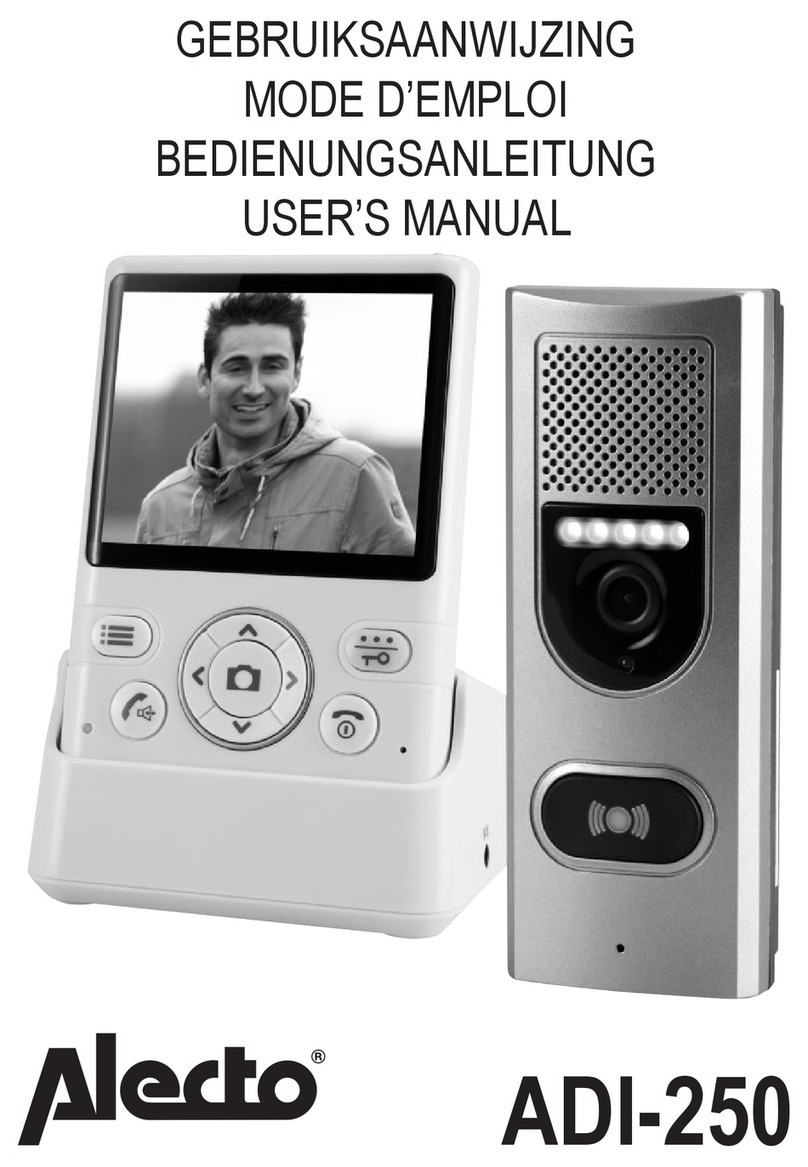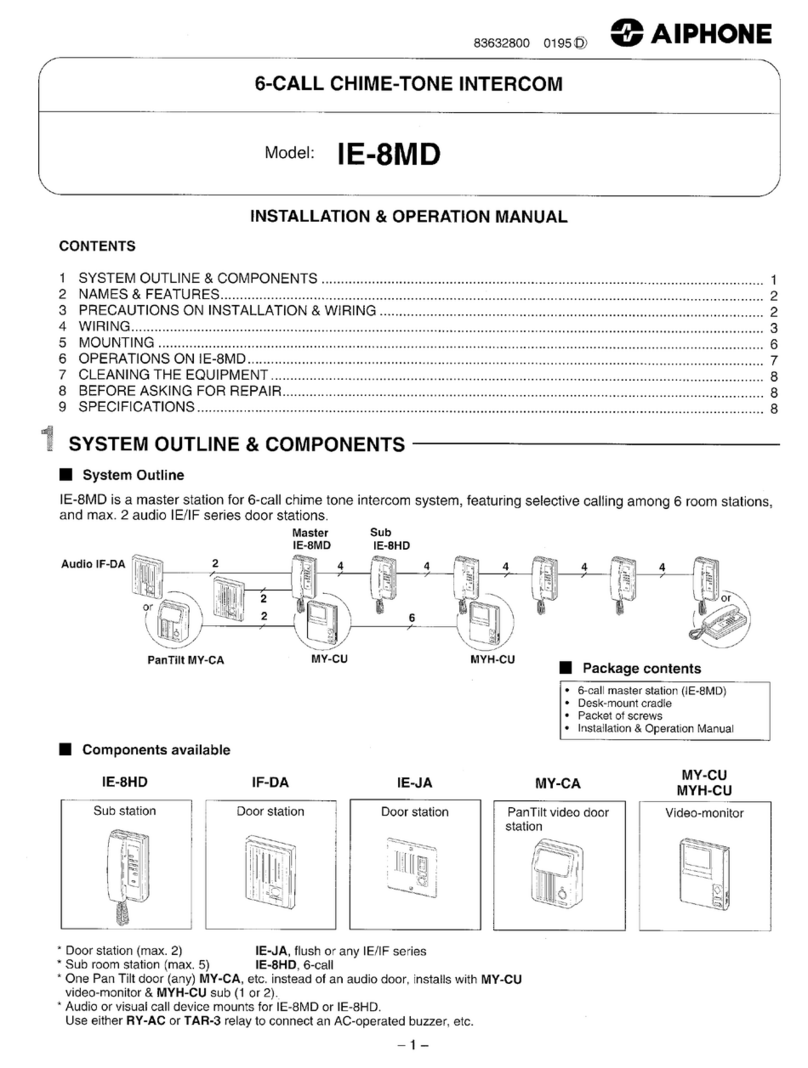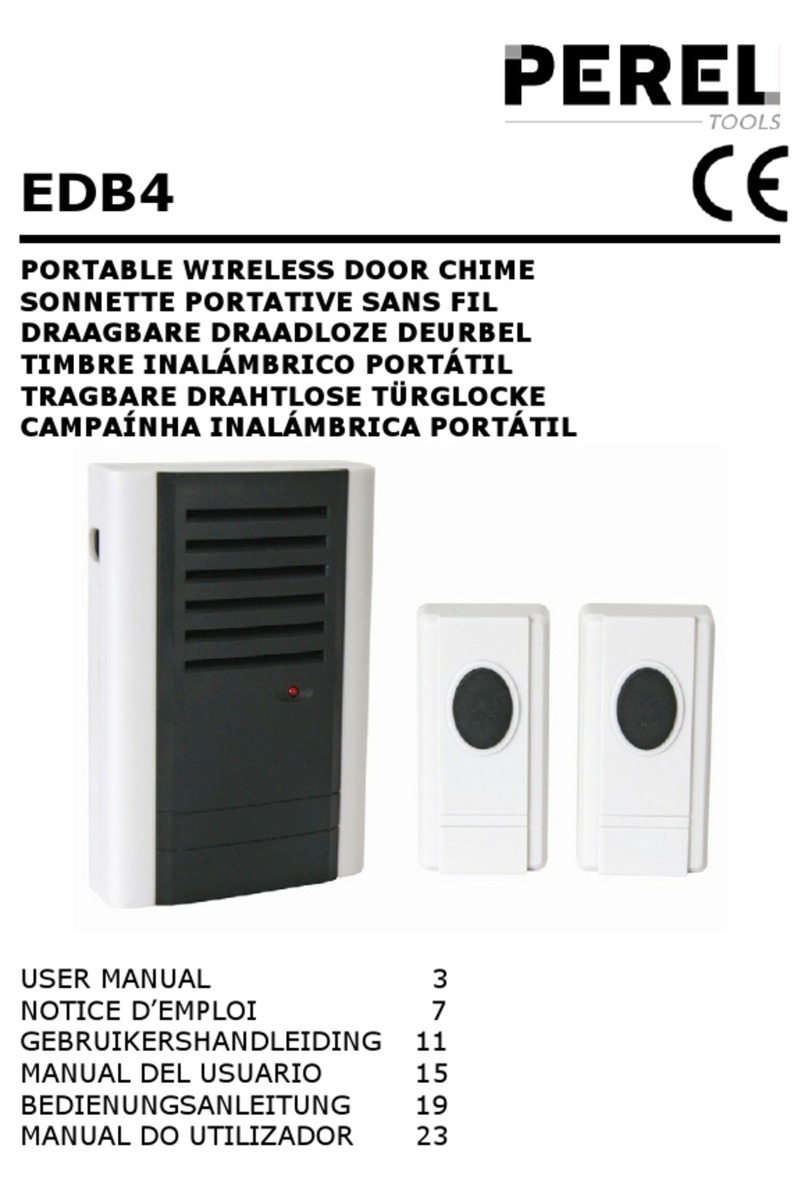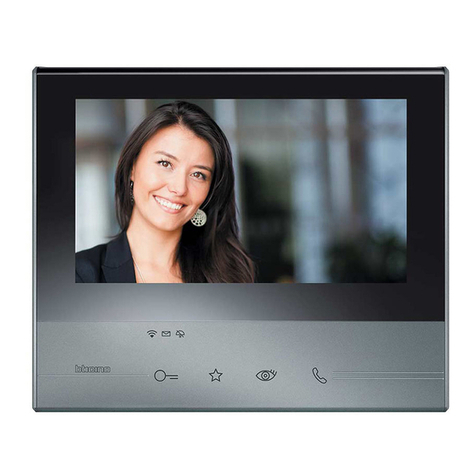
2 05/2006
Table of contents
Scope of delivery .................................................................................................................3
Safety notices ......................................................................................................................3
General notes on the cabling in TCS video systems ...........................................................4
Terms for 5 wire and 6 wire operation ..............................................................................4
6 wire operation................................................................................................................4
5 wire operation................................................................................................................4
Device overview...................................................................................................................5
Technical data .....................................................................................................................6
Application ...........................................................................................................................6
Brief description ...................................................................................................................6
Basic functions .................................................................................................................6
Additional functions ..........................................................................................................7
Assembly .............................................................................................................................7
Installing the video front-door station................................................................................7
Installation location .......................................................................................................7
Installation height..........................................................................................................7
Opening and closing the case ..........................................................................................8
Cable connection .................................................................................................................8
General notes...................................................................................................................8
Connection .......................................................................................................................9
Wiring example.................................................................................................................9
Connection diagram .........................................................................................................9
Video commissioning .........................................................................................................10
Microphone and loudspeaker volume setup ......................................................................10
Nameplate labelling ...........................................................................................................10
Programming of bell buttons ..............................................................................................11
Basic principle ................................................................................................................11
Programming with the Service Device............................................................................11
Programming steps legend ............................................................................................11
Programming state of a bell button ....................................................................................12
Testing ...........................................................................................................................12
Deleting the programming ..............................................................................................12
Programming a bell button.................................................................................................13
Method 1: In-house station not accessible .....................................................................13
Programming the other bell buttons:...........................................................................13
Method 2: In-house station accessible ...........................................................................14
Programming the other bell buttons:...........................................................................14
Programming an already programmed bell button.............................................................15
Basic principle ................................................................................................................15
Method 1: In-house station not accessible .....................................................................15
Programming the other already programmed bell buttons..........................................15
Method 2: In-house station accessible ...........................................................................16
Programming the other already programmed bell buttons..........................................16
Repair ................................................................................................................................17
Replacing the EEPROM memory...................................................................................17
Cleaning.............................................................................................................................17
Service...............................................................................................................................17
TCS TürControlSysteme AG •Geschwister-Scholl-Str. 7 •39307 Genthin Subject to change without notice.
Phone.: +49 39 33 / 87 99 10 •Fax: +49 39 33 / 87 99 11 •www.tcs-germany.com PI_GB_VPES_VPDS_Art0016079_2v0.doc mi
